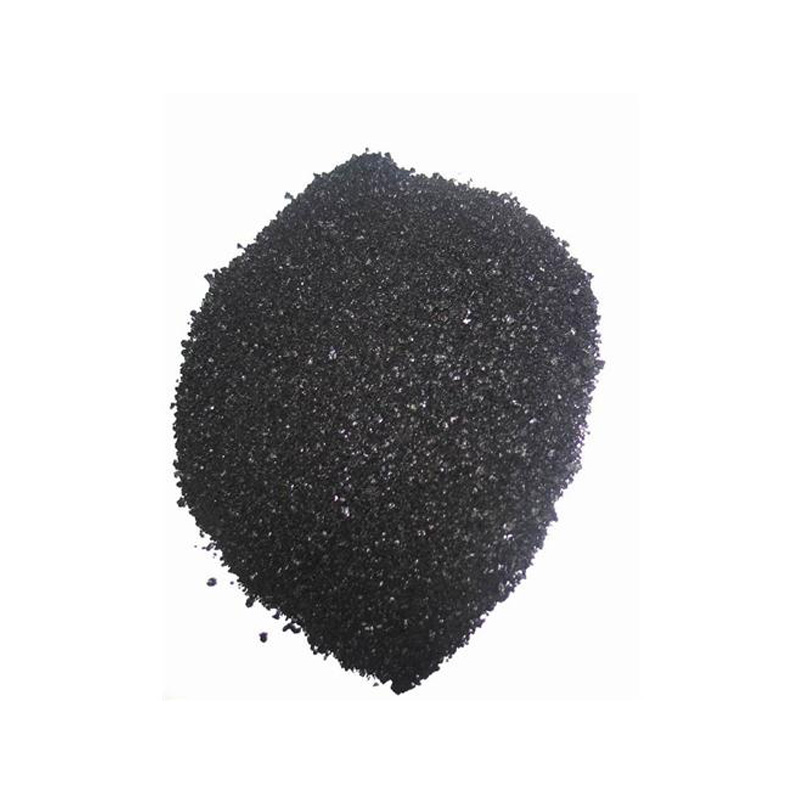sulphur black 2br service
Understanding Sulphur Black 2BR Applications and Benefits in Textile Dyeing
Sulphur Black 2BR is a popular dye in the textile industry, known for its rich black coloration and excellent fastness properties. This dye is primarily composed of sulphur, which contributes to its unique characteristics, making it a favorable choice for dyeing cotton and other cellulose fibers. In this article, we will explore the properties, applications, and advantages of using Sulphur Black 2BR in textile dyeing.
Properties of Sulphur Black 2BR
Sulphur Black 2BR is classified as a sulphur dye, which means it is produced through the reaction of sulphur compounds with organic materials. This dye is hydrophobic, meaning it does not dissolve in water, and is typically used in a reduced form. Its application requires an intermediate reduction process, where it is transformed into a soluble form that can penetrate the fibers of the textile.
One of the defining features of Sulphur Black 2BR is its deep, intense black shade, which remains consistent throughout the dyeing process. Additionally, this dye exhibits excellent washing and light fastness, meaning it can endure repeated washing and exposure to light without fading significantly. This makes it an ideal choice for garments and textiles that experience frequent cleaning or long-term exposure to sunlight.
Applications in Textile Dyeing
Sulphur Black 2BR is widely used in the dyeing of various textiles, particularly cotton and its blends. Its versatile nature allows it to be applied to a range of fabrics, including denim, terry cloth, and other cotton-rich materials. The dyeing process involves several stages reduction, dyeing, and oxidation.
sulphur black 2br service

During the reduction phase, sulphur Black 2BR is mixed with reducing agents to transform it into a soluble form. The preparation typically involves heating the dye in the presence of chemicals such as sodium sulfide or sodium hydroxide. Once it is in a soluble form, it can be applied to the fabric in a dye bath. After the dyeing process, the fabric is treated with an oxidizing agent to restore the dye to its original insoluble black form, allowing it to bond effectively with the fibers.
This dye is particularly favored in the production of denim, where a deep black color is desired for high-end fashion applications. The ability to achieve a consistent, high-quality finish makes Sulphur Black 2BR a top choice among textile manufacturers.
Environmental Considerations
As with all textile dyes, the use of Sulphur Black 2BR raises environmental concerns, particularly regarding the disposal of wastewater from the dyeing process. Sulphur dyes can produce waste that contains harmful chemicals, which can be detrimental to aquatic ecosystems if not treated properly. Therefore, it is essential for manufacturers to implement effective wastewater management practices, ensuring that effluents are treated to minimize environmental impact.
Advances in sustainable dyeing technologies and the development of eco-friendly alternatives have spurred innovation in the industry. This includes exploring various reducing agents that are less harmful to the environment and the introduction of closed-loop systems for water reuse.
Conclusion
Sulphur Black 2BR remains a staple in the textile industry due to its superior color properties and durability. Despite the environmental challenges associated with its use, efforts towards sustainable practices in dyeing can help mitigate these issues. As the textile industry continues to prioritize sustainability, dyes like Sulphur Black 2BR may evolve, meeting both consumer expectations for quality and environmental responsibility. The ongoing research and development in dyeing technologies promise a future where high-quality coloration does not come at the expense of the planet, ensuring that Sulphur Black 2BR remains a valuable component of textile processing.
-
The Timeless Art of Denim Indigo Dye
NewsJul.01,2025
-
The Rise of Sulfur Dyed Denim
NewsJul.01,2025
-
The Rich Revival of the Best Indigo Dye
NewsJul.01,2025
-
The Enduring Strength of Sulphur Black
NewsJul.01,2025
-
The Ancient Art of Chinese Indigo Dye
NewsJul.01,2025
-
Industry Power of Indigo
NewsJul.01,2025
-
Black Sulfur is Leading the Next Wave
NewsJul.01,2025

Sulphur Black
1.Name: sulphur black; Sulfur Black; Sulphur Black 1;
2.Structure formula:
3.Molecule formula: C6H4N2O5
4.CAS No.: 1326-82-5
5.HS code: 32041911
6.Product specification:Appearance:black phosphorus flakes; black liquid

Bromo Indigo; Vat Bromo-Indigo; C.I.Vat Blue 5
1.Name: Bromo indigo; Vat bromo-indigo; C.I.Vat blue 5;
2.Structure formula:
3.Molecule formula: C16H6Br4N2O2
4.CAS No.: 2475-31-2
5.HS code: 3204151000 6.Major usage and instruction: Be mainly used to dye cotton fabrics.

Indigo Blue Vat Blue
1.Name: indigo blue,vat blue 1,
2.Structure formula:
3.Molecule formula: C16H10N2O2
4.. CAS No.: 482-89-3
5.Molecule weight: 262.62
6.HS code: 3204151000
7.Major usage and instruction: Be mainly used to dye cotton fabrics.

